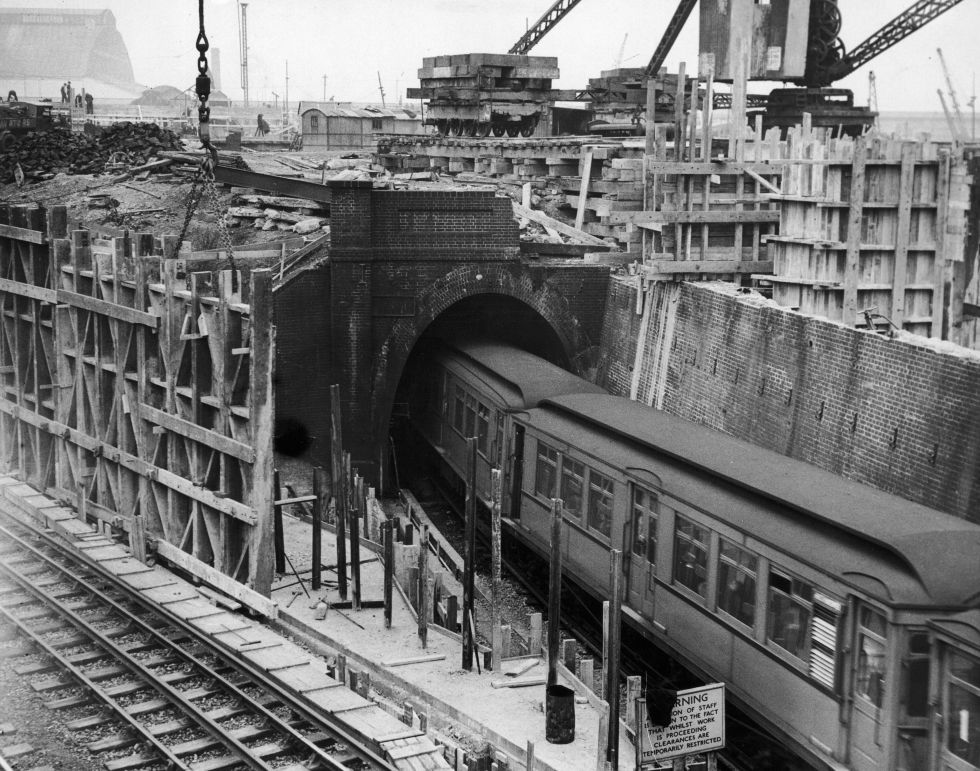What is the oldest metro in the world?
Exploring the World’s Oldest Metro
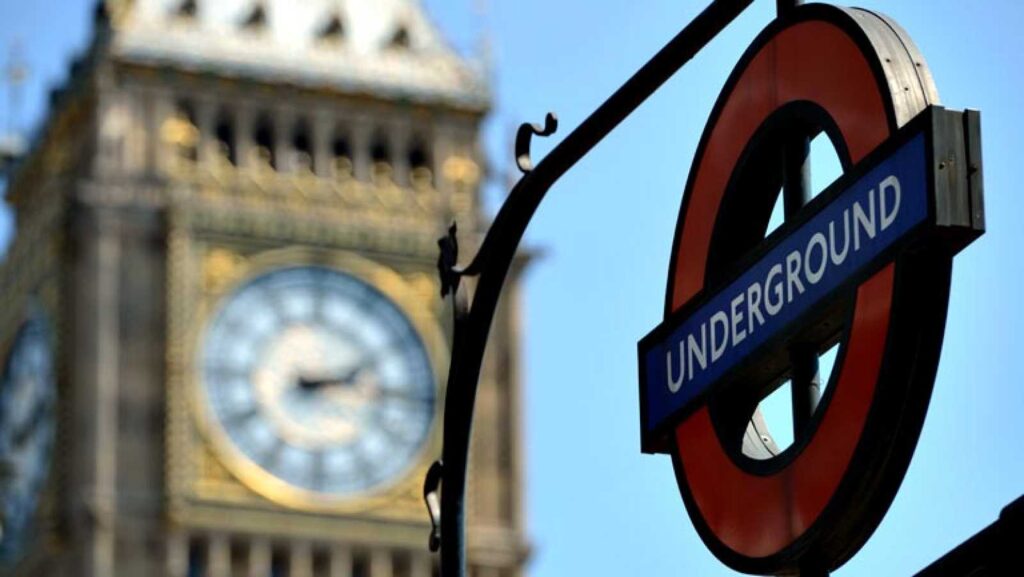
The underground transportation system in London, popularly known as «The London Underground» or «el Metro de Londres,» is a historical landmark and an iconic symbol of the British capital. With over 150 years of history, this massive transportation network is considered the oldest metro in the world. In this blog post, we will explore the fascinating origin, evolution, and curiosities of the London Underground.

The London Underground inaugurated its first line, the Metropolitan Line, on January 10, 1863. This historic line connected Paddington station to Farringdon Street and revolutionized urban transportation as the world’s first underground train network. The idea behind its creation was to alleviate traffic congestion and meet the needs of a growing city.
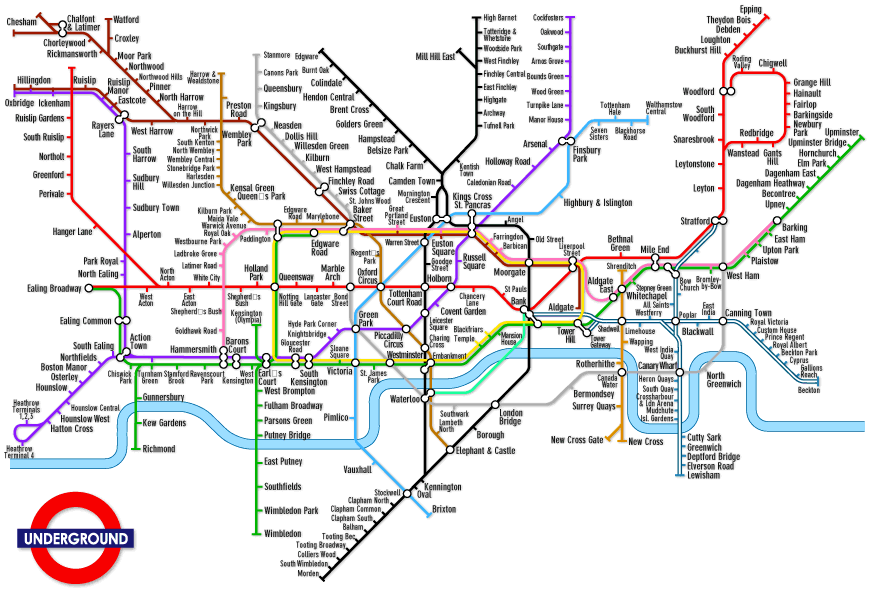
As London expanded, so did the metro system. New lines and stations were added over the years, stretching across the city and its outskirts. By 1880, the London Underground was already used by up to 40 million people annually, underscoring its growing importance in the city’s mobility.
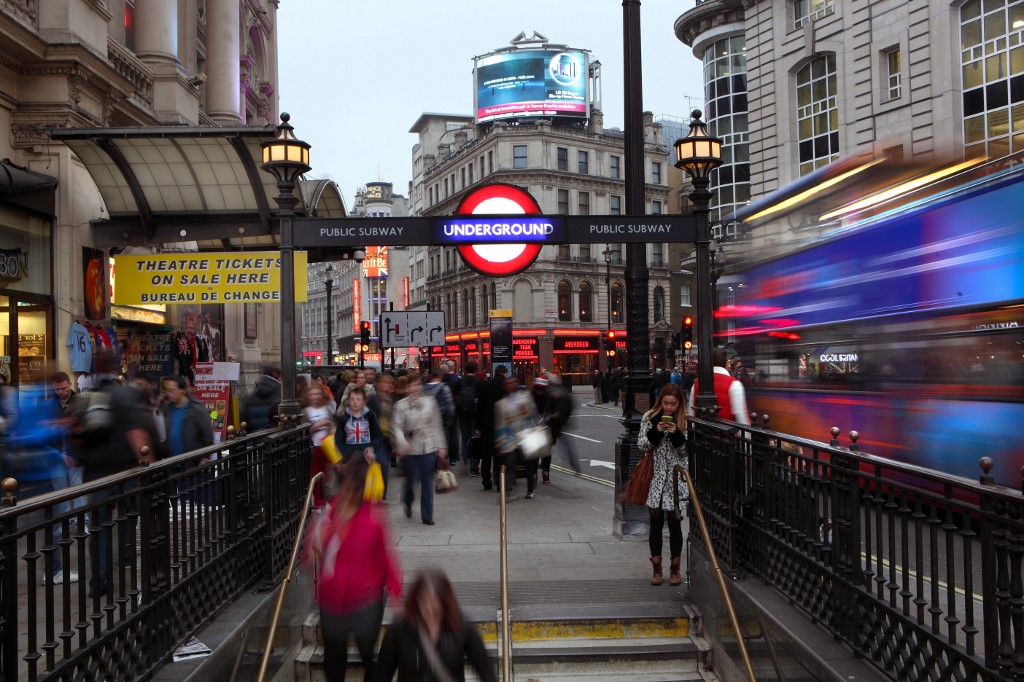
Today, the London Underground remains a cornerstone of public transport. Over three million passengers use the metro each day, demonstrating its relevance and popularity in the daily lives of Londoners. With its 11 lines, the London Underground boasts one of the most extensive networks in the world. Regardless of where you are, there will likely be a nearby tube station. The locals refer to the metro as the «Tube» or less commonly, the «Underground».
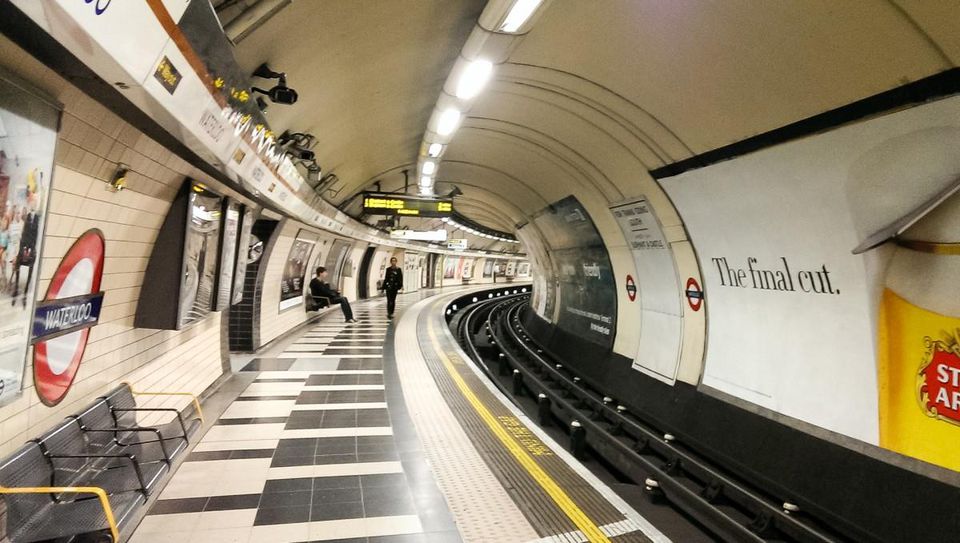
The London Underground is renowned for its distinctive architectural design, characterized by Victorian tiles, arches, and the famous Johnston typeface. These elements have become an integral part of the metro’s visual identity and have been preserved throughout the years.
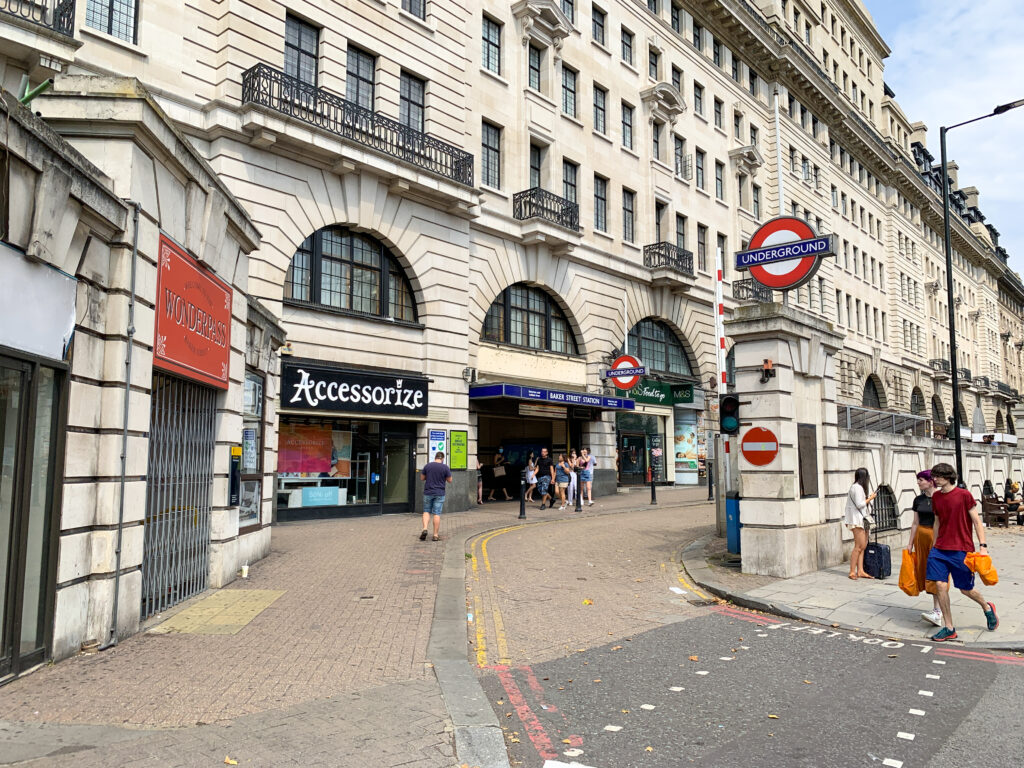
The Baker Street station is the oldest in the world still in use, serving as a testament to the metro’s enduring legacy. Additionally, during the Second World War, the metro served as a refuge during bombings, further solidifying its place in history.
The London Underground has left an indelible mark on culture and art. Depicted in films, books, and songs over the years, it has inspired countless artists and creatives. The metro’s significance goes beyond mere transportation; it is an essential part of London’s history and identity. For over a century and a half, it has witnessed the city’s evolution and played a crucial role in the mobility of millions of people. Its continued expansion and the substantial number of daily passengers testify to its relevance and success as one of the world’s oldest and most emblematic metro systems.
It has been a pleasure sharing this experience with you. Until our next encounter

